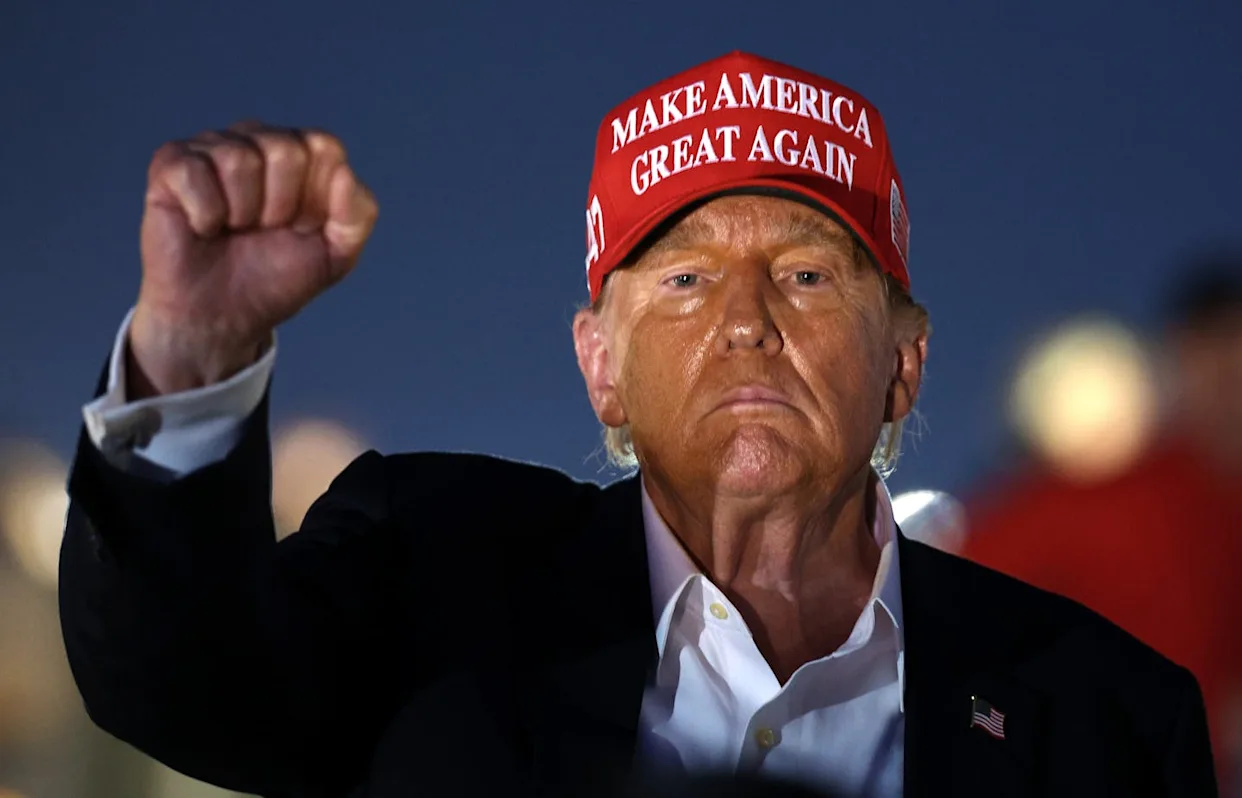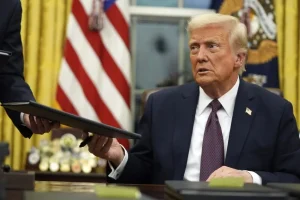President Donald Trump is doubling down on his aggressive trade policy, touting soaring tariff revenues and subdued inflation as signs that his strategy is working. As global markets adjust to America’s revived protectionist stance, Trump’s administration is projecting confidence that these policies will stimulate domestic industry, restrain inflation, and restore the U.S. as a manufacturing powerhouse.
According to the U.S. Treasury Department, the federal government has collected over $98 billion in tariff revenue this year alone—a staggering 110.5% increase compared to the same period in 2024. Treasury Secretary Scott Bessent stated that total revenue from tariffs could exceed $300 billion by the end of the year, well above initial projections from major economic institutions such as the Committee for a Responsible Federal Budget and Moody’s.
The administration sees this surge in revenue not only as a budgetary win, but also as a lever to reinvest in American infrastructure, manufacturing, and job growth. “We are no longer going to let foreign nations take advantage of our markets. These tariffs are about fairness, security, and rebuilding America’s industrial strength,” President Trump said during a recent economic roundtable in Cleveland.
Critics long warned that tariffs would fuel consumer price inflation. However, recent economic data appears to challenge those concerns. According to the U.S. Department of Labor, the Consumer Price Index (CPI) rose just 0.1% in May, bringing the annual inflation rate down to 2.4%, a significant decline from 3.3% a year earlier.
Economists are now reassessing the inflationary risks of tariffs. Alex Salter, an economist at Texas Tech University, explained: “The alarm over tariffs driving sustained inflation was always overstated. Imports make up only a small slice of the U.S. economy. Even when you raise tariffs, it doesn’t translate into broad-based inflation.” He noted that while individual items may see a one-time price bump, the overall inflationary impact tends to be minimal.
Another unexpected trend has emerged: foreign exporters are cutting prices to maintain access to the U.S. market. The Bureau of Labor Statistics reports that the cost of exporting goods to the U.S. dropped by 0.9% in May, the sharpest decline since October 2023. Wall Street had only anticipated a 0.2% decrease.
Much of this drop was driven by the auto sector. According to data from the Bank of Japan, Japanese car export prices to North America fell by 17.7% between March and May. Meanwhile, Chinese exports to the U.S. dropped in price by roughly 2% across the board from December through May, as Beijing attempted to stay competitive under intensified U.S. tariffs.
Trade officials confirmed that the U.S. and China are currently in the late stages of finalizing a new trade agreement that addresses tariff schedules, intellectual property protections, and market access for American firms.
As the administration leans further into its tariff-first approach, it remains clear that Trump views trade as a battlefield—and the numbers so far suggest he believes he’s winning.

Sarah Mitchell is a bestselling novelist recognized for her insightful and emotionally resonant stories that explore the complexities of human relationships. Originally from Denver, Colorado, Sarah grew up in a family of teachers who nurtured her curiosity and love for storytelling. She studied psychology at Stanford University, where she became fascinated by the intricacies of human behavior—an interest that would later shape her writing career. Sarah’s novels are praised for their nuanced characters, intricate plots, and ability to capture the subtle tensions that define love, friendship, and family ties. Her breakthrough novel, The Spaces Between Us, became an instant bestseller, lauded for its honest portrayal of strained family relationships and the fragile bonds that hold people together. Since then, she has published several works that continue to captivate audiences around the world. Outside of her writing career, Sarah is passionate about mental health advocacy and often partners with organizations to promote awareness and support for those struggling with emotional well-being. Her personal life is quieter—she enjoys hiking in the Colorado mountains, practicing yoga, and spending time with close friends. With each new book, Sarah Mitchell cements her reputation as a writer who illuminates the beauty and struggles of human connection.









